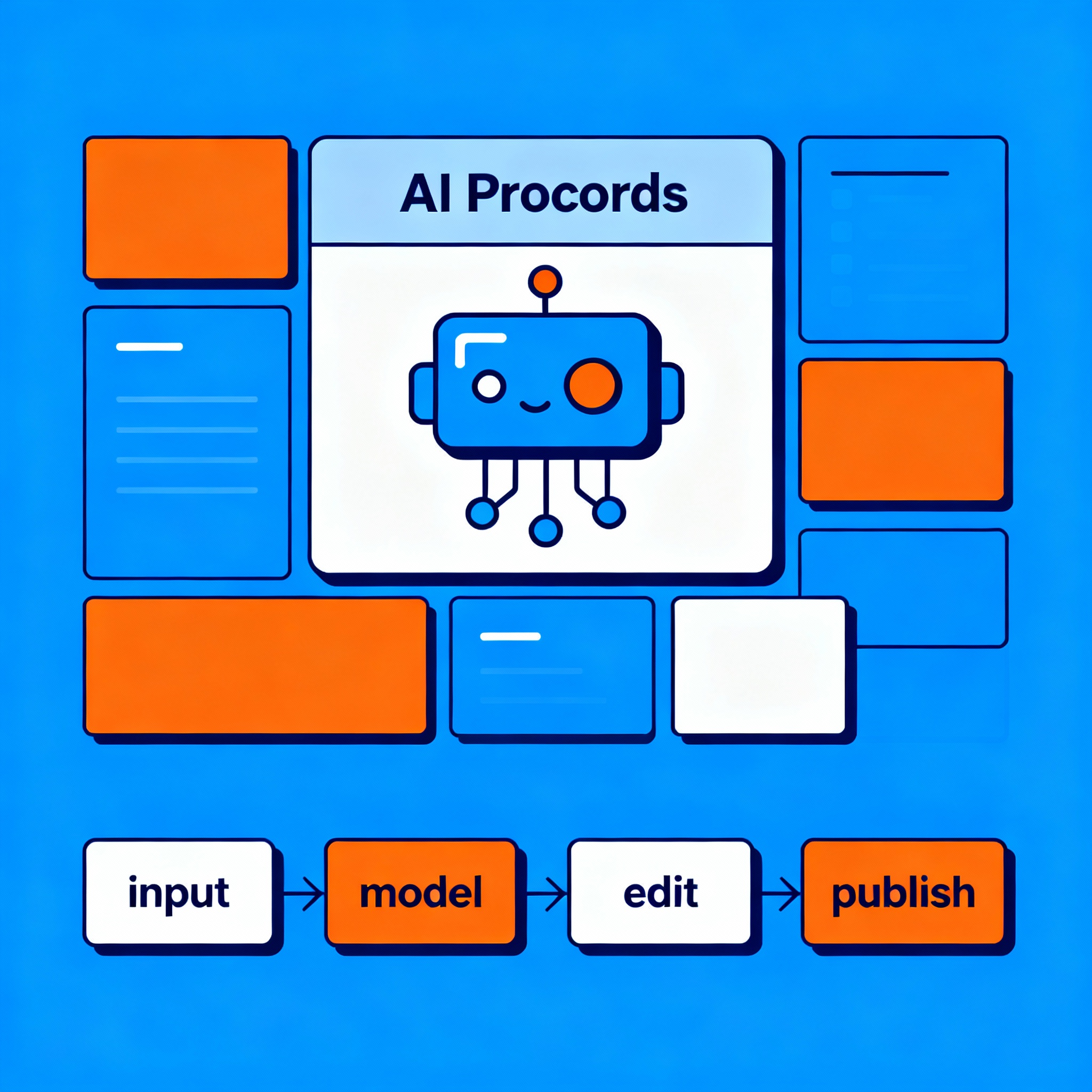what is ai content generation is a question website owners, SEO agencies, and digital marketing experts ask when they want to scale writing without losing quality. In simple terms, it means using artificial intelligence tools to produce blog posts, definitions, product descriptions, meta content, and other text at speed, while keeping editorial rules and SEO goals in mind. This guide breaks down what it looks like in practice, when to use it, and how to keep results reliable.

What Is AI Content Generation, Really?
AI content generation covers a range of techniques and tools that take input, such as a prompt, keyword, or outline, and return written material. Those tools include large language models, specialized rewriting engines, and template-driven systems. Use cases vary from quick product descriptions to full article drafts.
Key players and types
- Large language models that generate longform drafts.
- Template systems for scalable product or category copy.
- Assistants that rewrite, summarize, or expand human-provided text.
- Hybrid workflows where humans edit AI drafts for accuracy and voice.
Why teams use it
- Speed, to produce more content in less time.
- Consistency, to keep brand voice across pages.
- Cost efficiency, to reduce repetitive writing tasks.
- Experimentation, to test topic formats and headlines quickly.
How AI Content Generation Actually Works
AI writing tools learn patterns from massive text data and use those patterns to predict useful continuations. A typical workflow looks like this:
- Research and prompt design, where you define intent and constraints.
- Model generation, where the AI produces one or more drafts.
- Human editing, to check facts, tone, SEO, and compliance.
- Publish and measure, using analytics to refine prompts and style.
Practical tips for prompt design
- Start with a clear goal, for example, define a term for a beginner audience.
- Include desired word counts and formatting rules.
- Give examples of tone and structure.
- Ask for references when factual accuracy matters.
SEO, Quality, and Risk Management
AI can help scale content production, but search engines and users reward usefulness and accuracy. Follow these principles:
- Prioritize factual accuracy and human review.
- Avoid publishing AI drafts verbatim without edits.
- Use analytics to measure engagement and tweak prompts.
- Follow search engine guidance on automated content to avoid ranking issues. For background on search policies, see Google Search Central and their developer guidelines at Google Search Central.
For practical examples and tool comparisons, industry guides at Search Engine Journal and HubSpot provide helpful breakdowns of capabilities and best practices.
When to Use AI Content Generation and When Not To
Use it when you need scalable, repeatable content like definitions, product descriptions, or internal drafts. Avoid relying solely on it for high stakes content that requires legal accuracy, sensitive personal data, or investigative reporting.
- Best for: definitions, short SEO pages, draft outlines, internal knowledge bases.
- Not ideal for: legal documents, medical advice, content needing original reporting.
Workflows That Win
- Define templates for common tasks and embed editorial checks.
- Pair AI drafts with subject matter expert review.
- Use version control and content QA checklists to track changes.
- Measure on-page performance and iterate on prompts.
Start Your Next Definition Project Today
If you want to scale precise, search-friendly definitions and targeted explainers, consider a service that creates individual articles that define words or phrases in SEO and LLM contexts. We create individual articles that define words or phrases in SEO and LLM, we only target keywords that begin with "what is" and "define", and we are a blog with endless definitions of SEO, Google, AI, AEO, and GEO related terms. Learn how to get started at Marvlus AI.
FAQ
How accurate is AI generated content for definitions
AI can produce clear, readable definitions quickly, but accuracy varies. Always verify facts against authoritative sources and edit for precision before publishing.
How should I edit AI drafts for SEO
Focus on user intent, add relevant headers, include supporting examples, and ensure keyword placement is natural. Run an editorial checklist that covers facts, links, structured data, and readability.
Can AI content help my search rankings
AI can help produce more content and test formats faster, which supports a content-led SEO strategy. Rankings depend on usefulness, backlinks, and user signals, not just volume.
How do I avoid duplicate content with AI
Customize templates, add unique examples, and include original data or quotes. Use canonical tags and internal linking to clarify intent to search engines.
What tools should I consider for AI writing
There are many tools ranging from large model APIs to specialized writing assistants. Choose tools that let you control prompts, edit outputs, and integrate with your CMS. For context and comparisons, see resources at OpenAI Blog and industry analyses at HubSpot.
How do I measure success with AI generated content
Track engagement metrics like time on page and conversions, plus organic traffic and rankings. Use A B tests to compare human first drafts with AI-assisted drafts.
How do I get started with a low risk pilot
Pick a low-stakes content type such as glossary definitions, create a template, run a small batch through an AI tool, then review and publish the best pieces after human editing.
Conclusion
AI content generation is a practical tool for scaling clear, focused writing when paired with an editorial process. Use it for definitions, repeatable content, and hypothesis-driven experiments, but keep humans in the loop for quality and trust. If your team wants a steady stream of well edited, search-focused definitions and explainers, that approach fits your content strategy and helps you move faster.

